Category: Open-source
-
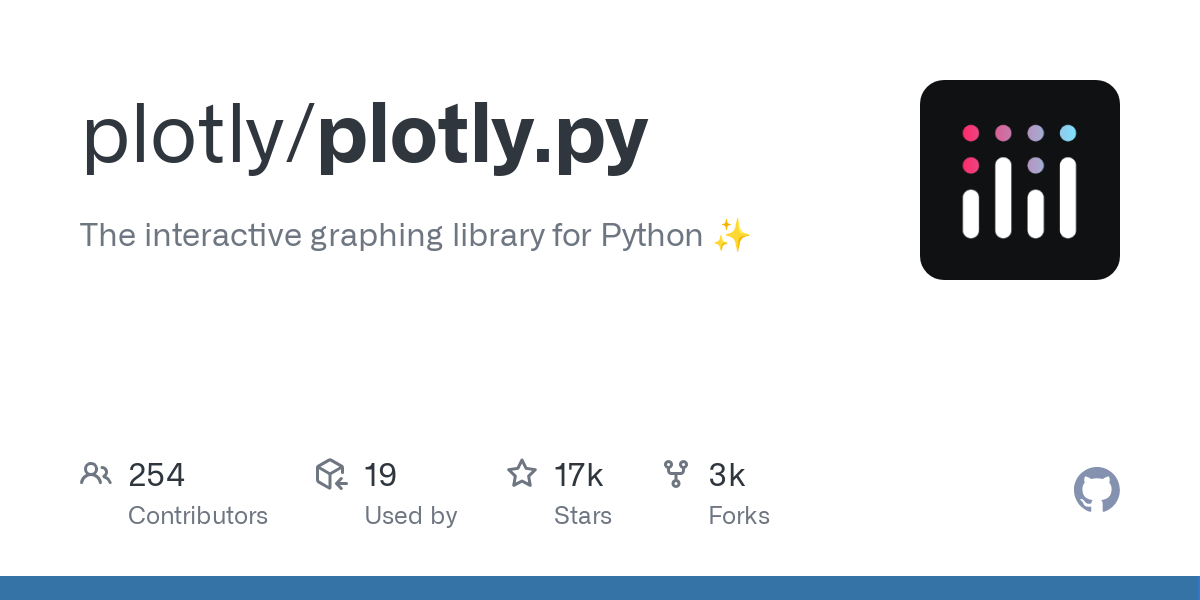
Plotly: Interactive Data Visualization Library for Python
1. Introduction Plotly is an open-source Python library for creating interactive and highly customizable visualizations. It supports a wide range of chart types, including line plots, scatter plots, bar charts, heatmaps, 3D plots, and more. Plotly is widely used in data science, machine learning, and web applications for creating dynamic and engaging visualizations. 2. How…
-
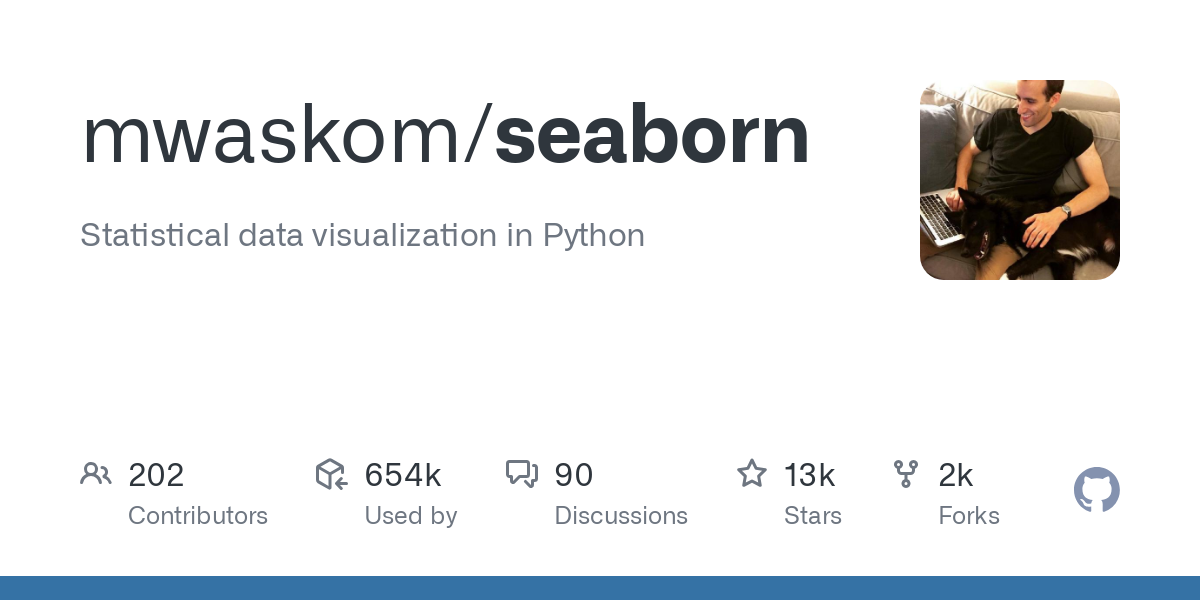
Seaborn: Statistical Data Visualization Library for Python
1. Introduction Seaborn is an open-source Python library built on top of Matplotlib, designed for creating attractive and informative statistical graphics. It simplifies the process of visualizing complex datasets and is widely used in data science, machine learning, and research workflows. 2. How It Works Seaborn provides high-level functions for creating common statistical plots, such…
-
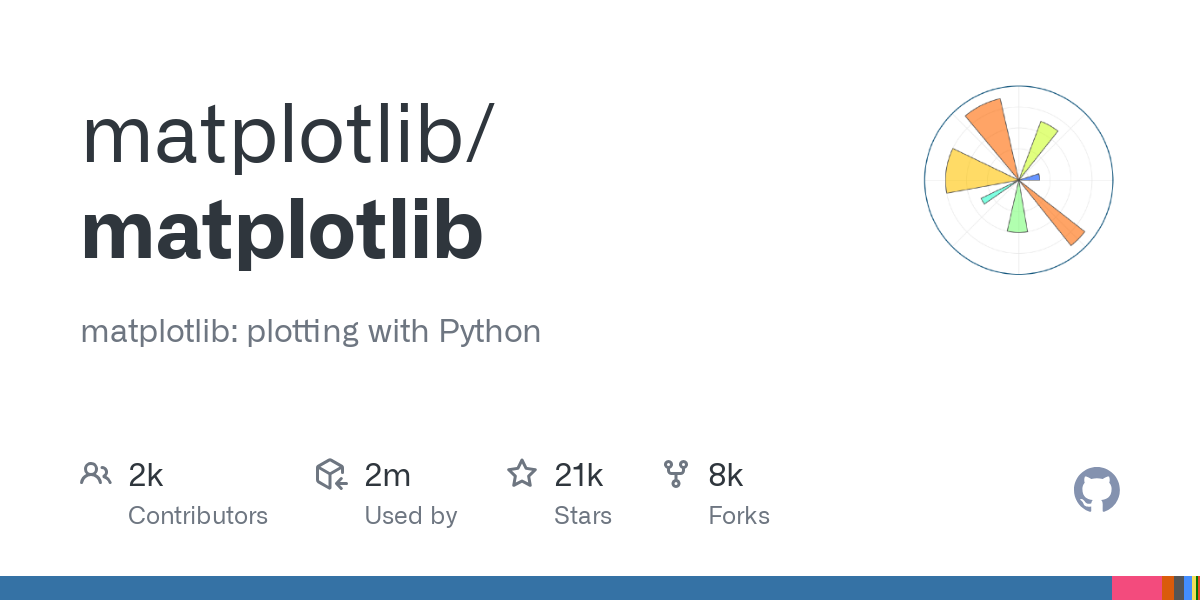
Matplotlib: Comprehensive Library for Data Visualization in Python
1. Introduction Matplotlib is a powerful and versatile Python library for creating static, interactive, and animated visualizations. It provides an object-oriented API for embedding plots into applications and is widely used in data science, machine learning, and scientific research for visualizing data. 2. How It Works Matplotlib is built around the concept of figures and…
-
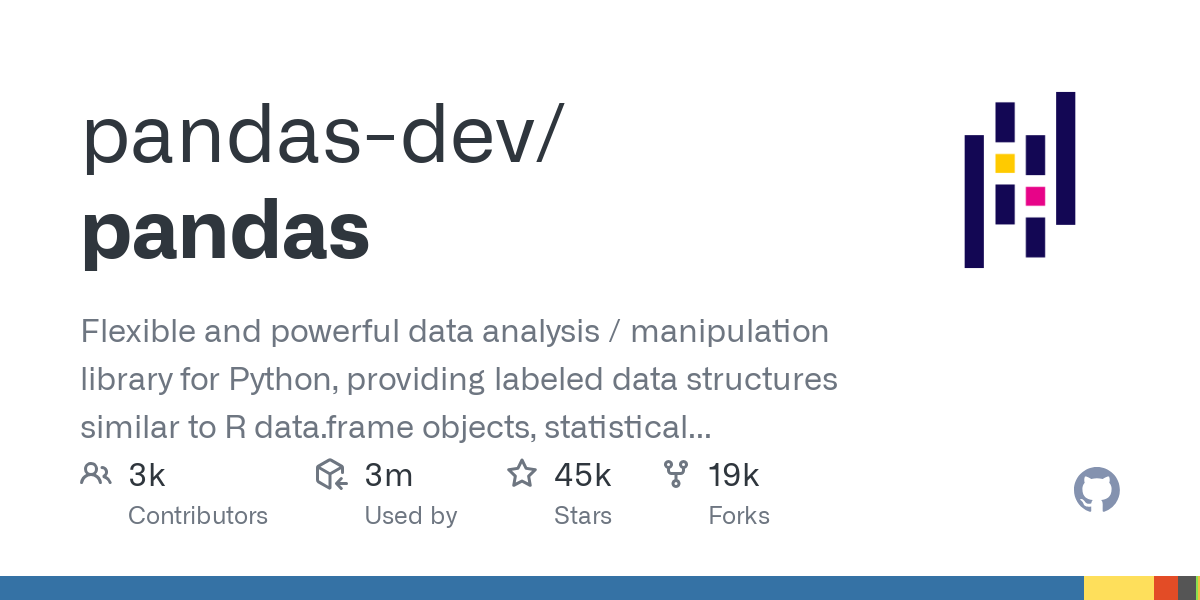
Pandas: Powerful Data Analysis and Manipulation Library
1. Introduction Pandas is an open-source Python library designed for data manipulation and analysis. It provides data structures like DataFrame and Series that are optimized for handling structured data. Pandas is widely used in data science, machine learning, finance, and other fields requiring efficient data processing. 2. How It Works Pandas is built on top…
-
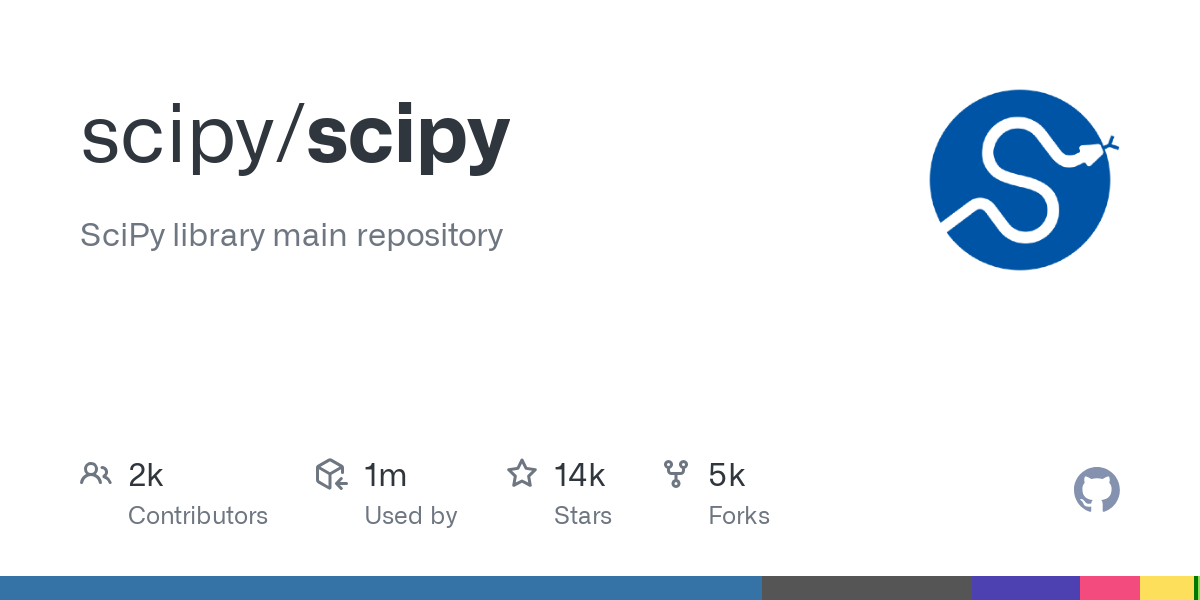
SciPy: Advanced Scientific Computing in Python
1. Introduction SciPy is an open-source Python library used for advanced scientific and technical computing. Built on top of NumPy, SciPy provides modules for optimization, integration, interpolation, eigenvalue problems, and other specialized mathematical tasks. It is widely used in fields like physics, engineering, finance, and data science. 2. How It Works SciPy extends the functionality…
-
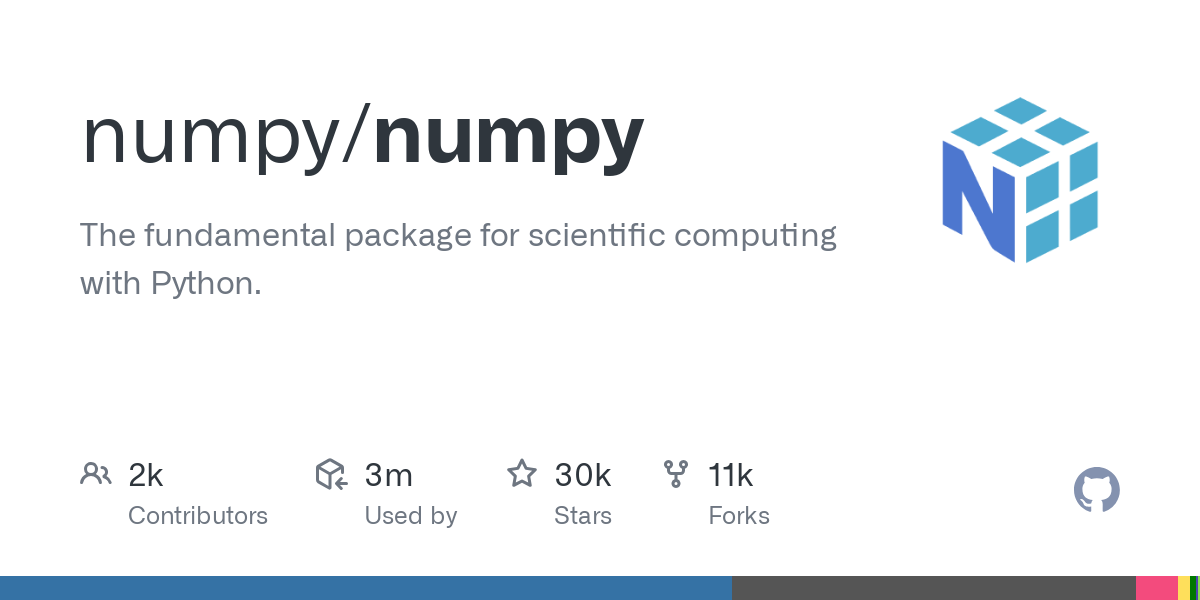
NumPy: The Foundation of Scientific Computing in Python
1. Introduction NumPy is a fundamental library for scientific computing in Python. It provides support for large, multi-dimensional arrays and matrices, along with a collection of mathematical functions to operate on these arrays. NumPy is widely used in data science, machine learning, physics simulations, and other computational fields. 2. How It Works At its core,…
-
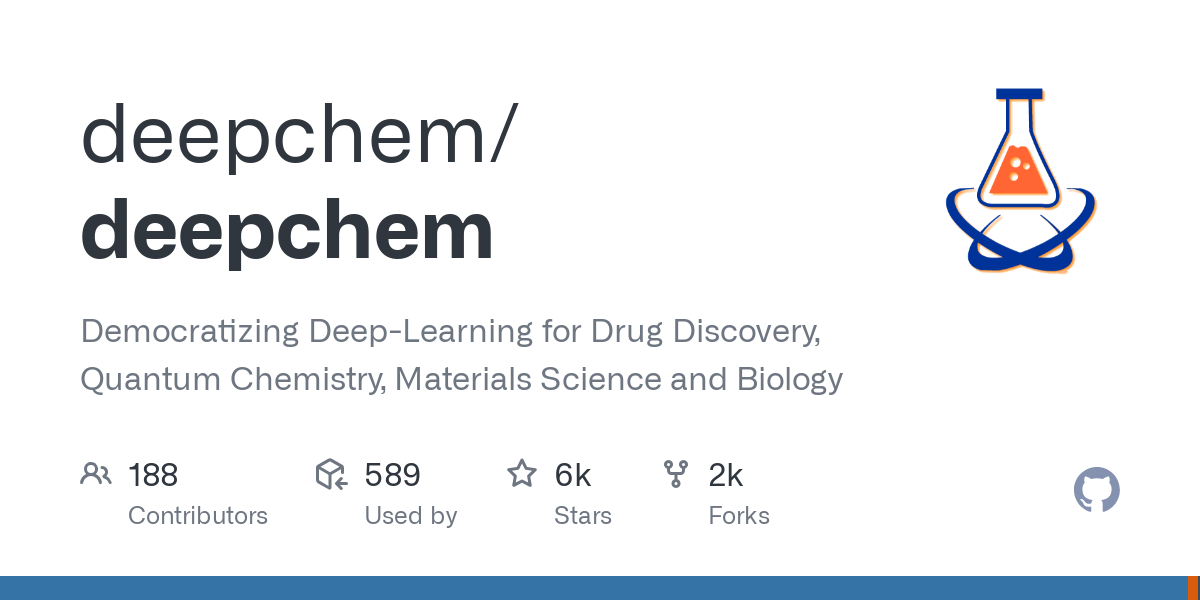
DeepChem: Open-Source Toolkit for Drug Discovery and Molecular Machine Learning
1. Introduction DeepChem is an open-source Python library designed for applying machine learning to drug discovery, quantum chemistry, and material science. It provides tools for handling molecular data, training models, and evaluating predictions, enabling researchers to tackle challenges like molecular property prediction, drug design, and protein-ligand binding analysis. DeepChem is widely used in academia and…
-
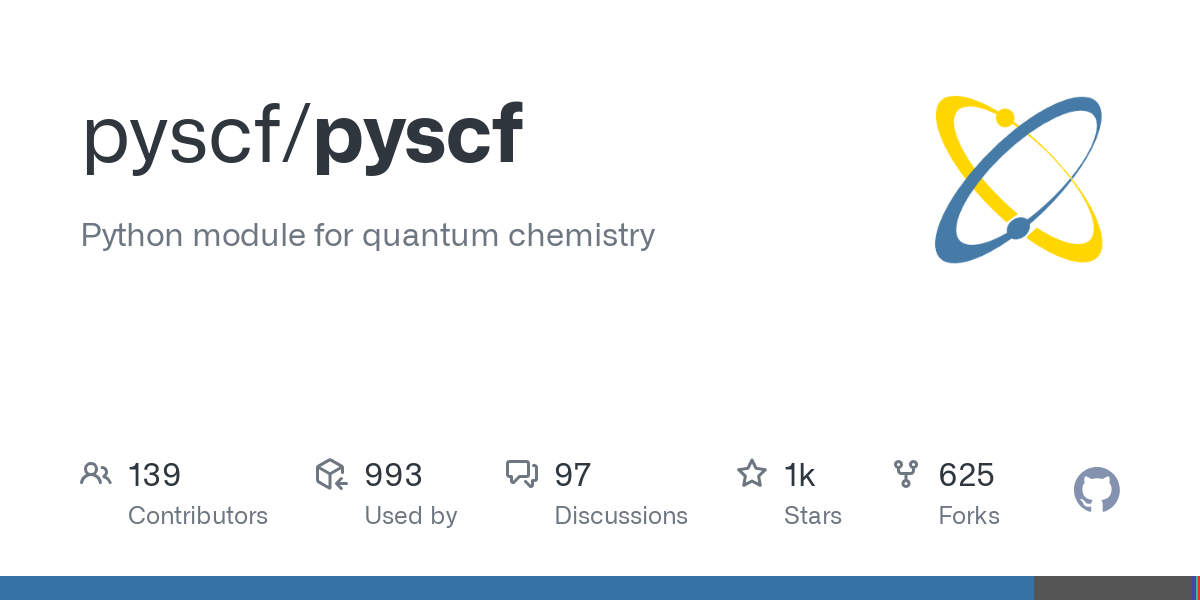
PySCF (Python-based Simulations of Chemistry Framework): A Library for Quantum Chemistry Simulations
1. Introduction PySCF is an open-source Python library for quantum chemistry simulations. It provides a comprehensive set of tools for electronic structure calculations, including Hartree-Fock (HF), Density Functional Theory (DFT), and advanced post-HF methods like Coupled Cluster (CC) and Configuration Interaction (CI). PySCF is highly modular and extensible, making it ideal for researchers exploring molecular…
-
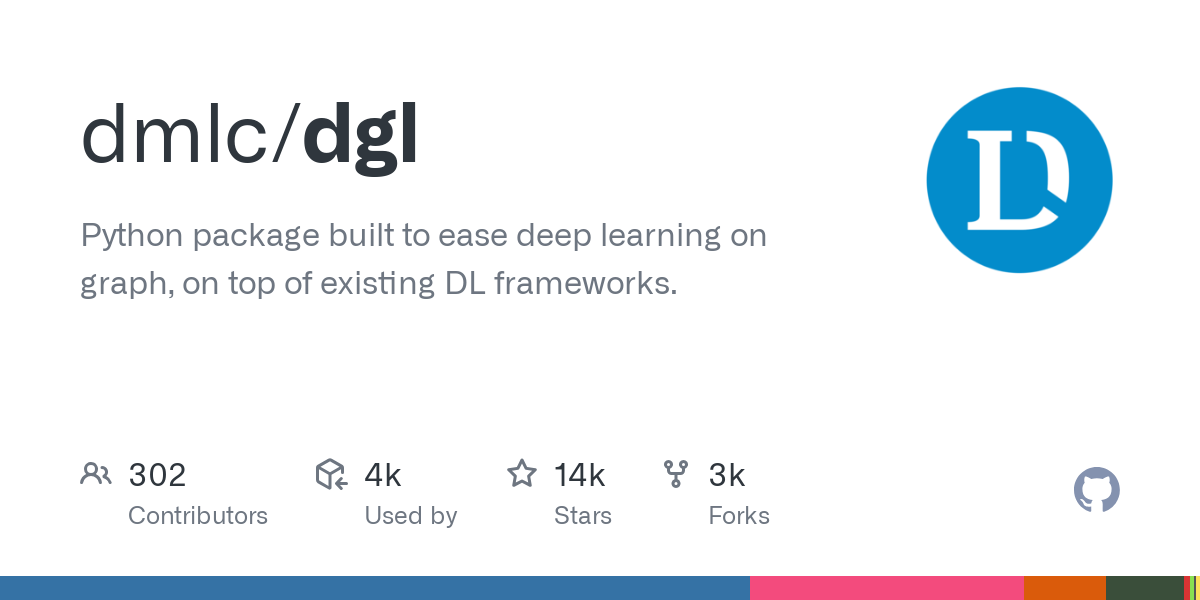
DGL (Deep Graph Library): A Framework for Graph Neural Networks
1. Introduction DGL (Deep Graph Library) is an open-source Python library designed for building and training graph neural networks (GNNs). It provides a flexible and efficient framework for working with graph-structured data, enabling applications in social network analysis, recommendation systems, molecular modeling, and more. DGL is built on top of popular deep learning frameworks like…
-
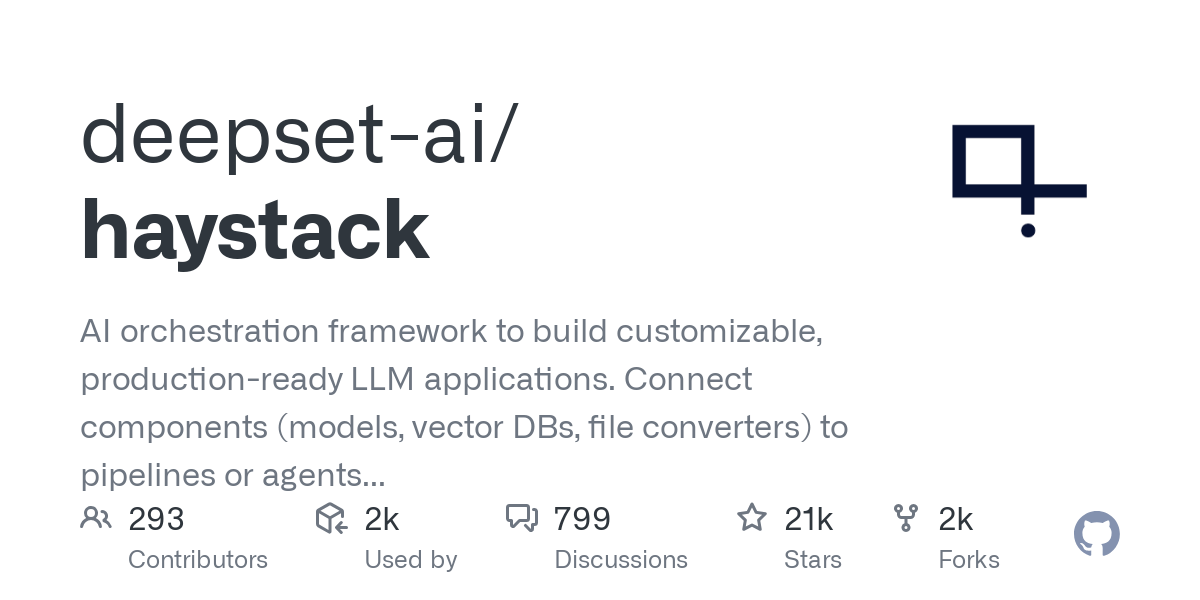
Haystack: End-to-End Framework for Building Search Systems with NLP
1. Introduction Haystack is an open-source framework for building end-to-end search systems powered by natural language processing (NLP). It enables developers to create intelligent search pipelines for tasks like question answering, document retrieval, and semantic search. Haystack supports integration with large language models (LLMs) like OpenAI’s GPT, Hugging Face Transformers, and dense retrievers, making it…
-
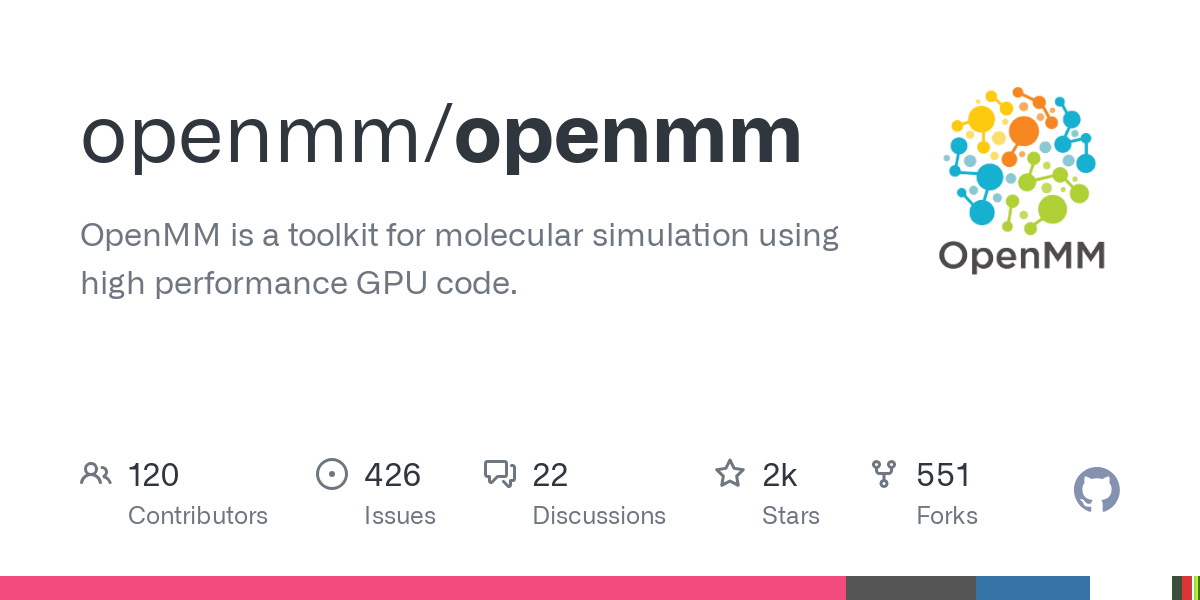
OpenMM: High-Performance Molecular Dynamics Simulation Toolkit
1. Introduction OpenMM is an open-source toolkit for molecular dynamics simulations, designed to enable high-performance computations on GPUs and CPUs. It is widely used in computational chemistry, biophysics, and material science for simulating molecular systems and studying their behavior. OpenMM provides a flexible Python API for defining systems, running simulations, and analyzing results, making it…
-
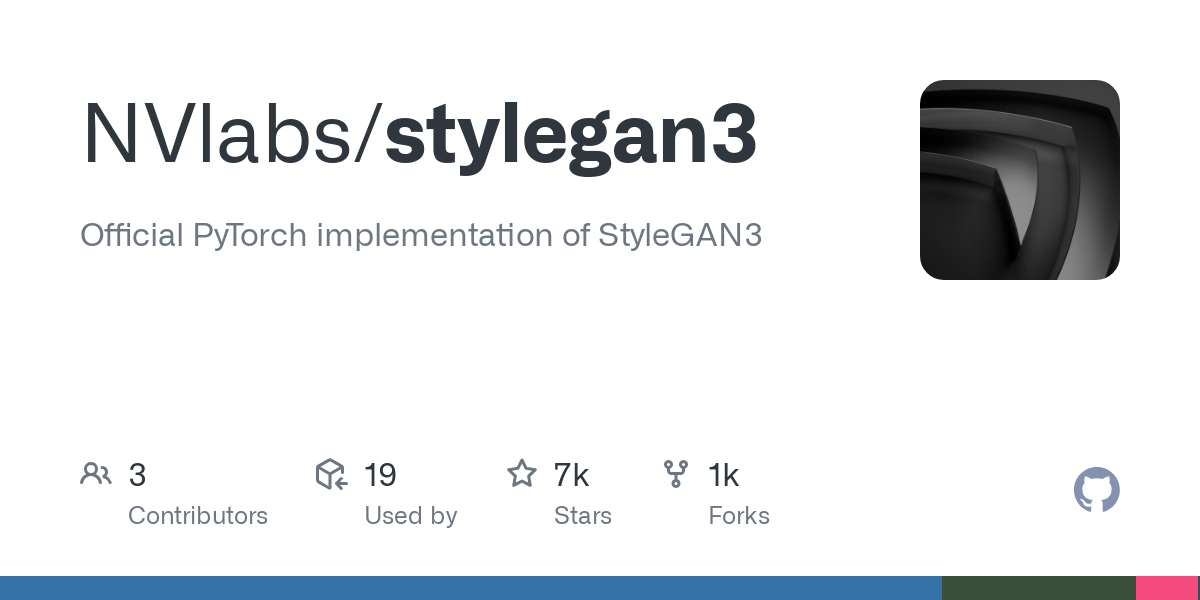
StyleGAN3: State-of-the-Art Generative Adversarial Network for Image Synthesis
1. Introduction StyleGAN3, developed by NVIDIA, is a state-of-the-art generative adversarial network (GAN) designed for high-quality image synthesis. It builds upon the success of StyleGAN2, introducing improvements in geometric consistency and artifact reduction. StyleGAN3 is widely used in applications like digital art, content creation, and generative AI research. 2. How It Works StyleGAN3 uses a…
-
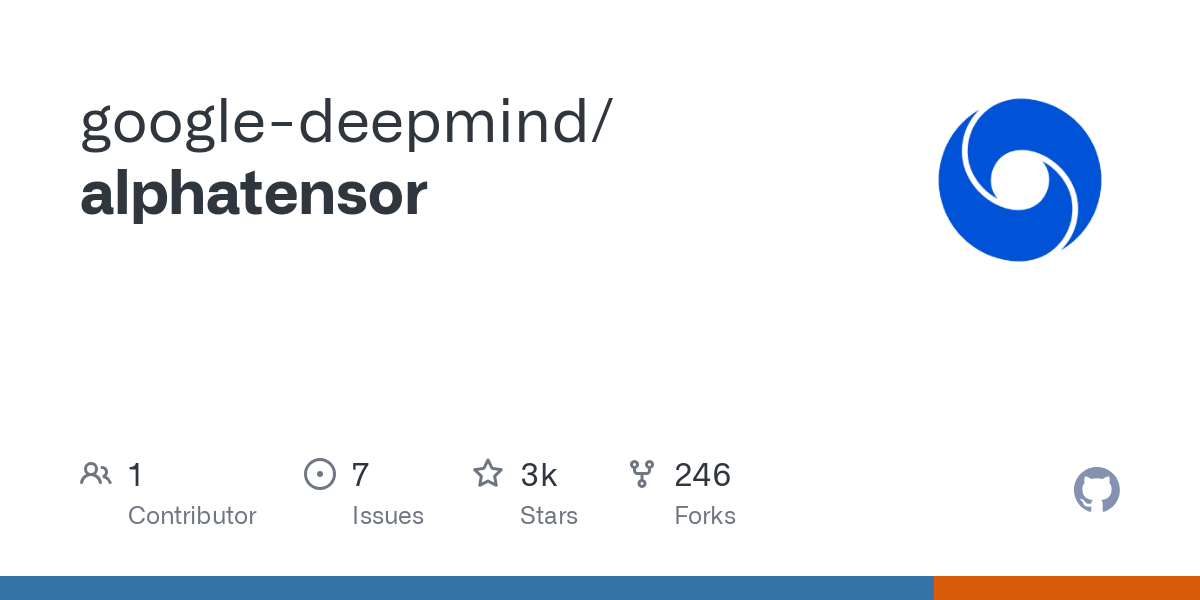
DeepMind AlphaTensor: AI for Optimizing Matrix Multiplication
1. Introduction AlphaTensor, developed by DeepMind, is a groundbreaking AI system designed to discover efficient algorithms for matrix multiplication. Matrix multiplication is a fundamental operation in machine learning, physics simulations, and computer graphics, and optimizing it can significantly reduce computational costs. AlphaTensor uses reinforcement learning to explore and identify novel algorithms that outperform human-designed methods.…
-
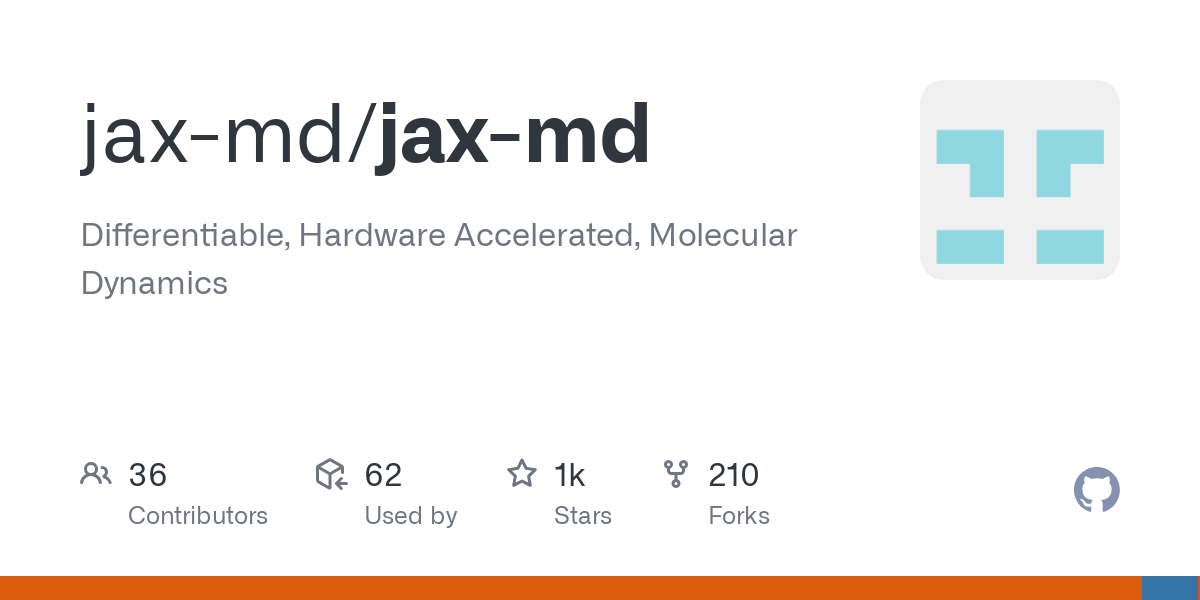
DeepMind JAX MD: Accelerating Molecular Dynamics Simulations with AI
1. Introduction JAX MD is an open-source library developed by DeepMind for performing molecular dynamics simulations using JAX. It combines the power of physics-based modeling with modern machine learning techniques to simulate atomic and molecular systems efficiently. JAX MD is designed for researchers in physics, chemistry, and material science, enabling applications in drug discovery, nanotechnology,…
-
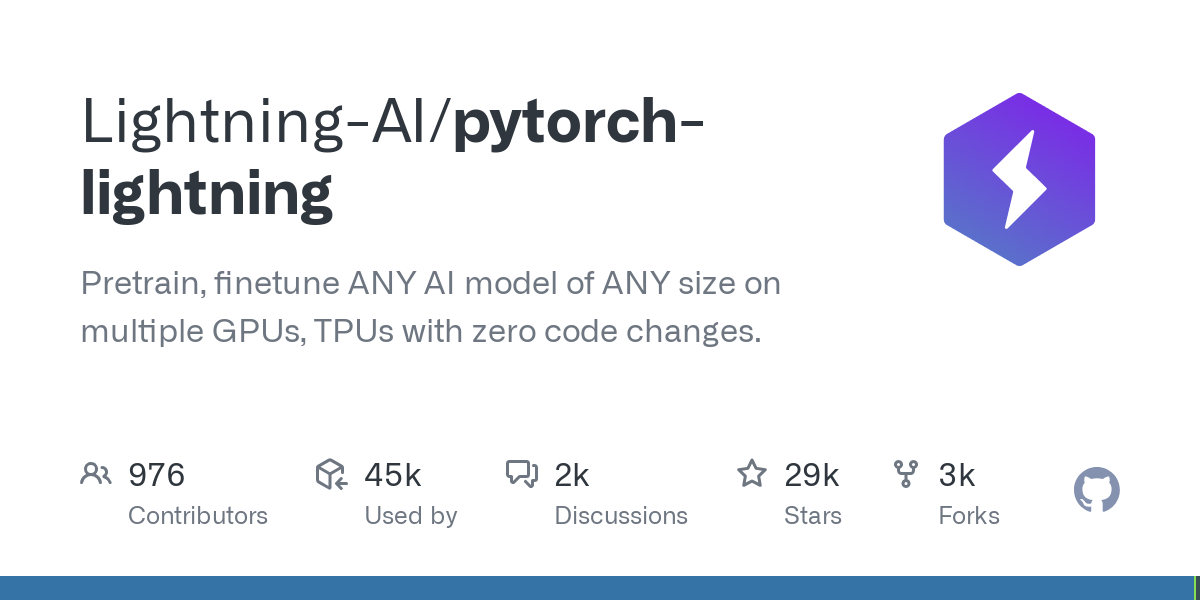
PyTorch Lightning: Simplifying Deep Learning Research and Production
1. Introduction PyTorch Lightning is an open-source deep learning framework built on top of PyTorch. It simplifies the process of training, testing, and deploying deep learning models by abstracting boilerplate code and providing tools for distributed training, logging, and model checkpointing. PyTorch Lightning is widely used in research and production for tasks like computer vision,…
-
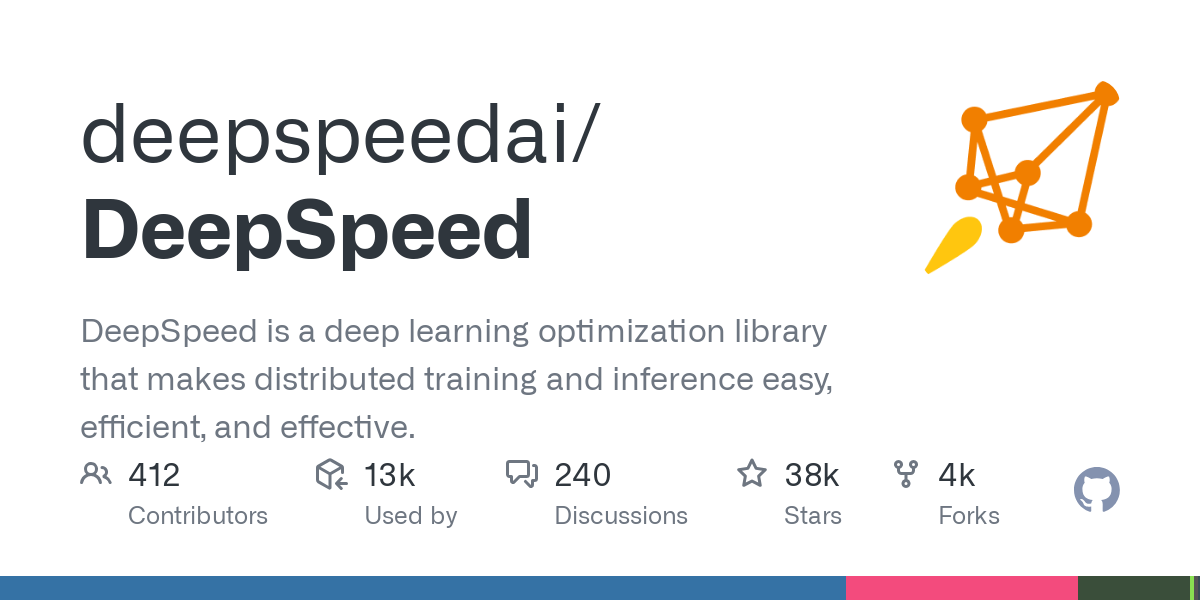
DeepSpeed: Scalable Deep Learning Optimization Framework
1. Introduction DeepSpeed, developed by Microsoft, is a deep learning optimization library designed to enable efficient training of large-scale models. It provides tools for distributed training, memory optimization, and model parallelism, making it ideal for training models with billions of parameters. DeepSpeed is widely used in natural language processing (NLP), computer vision, and generative AI…
Recent Posts
- Accelerating Image Convolution with CuPy
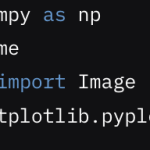
- Estimating π with a Monte Carlo Simulation Using CuPy

- N-Body Simulation with CuPy: A GPU-Accelerated Approach
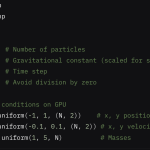
- Building a 2D Heat Equation Simulation with CuPy: A Step-by-Step Guide

- Dash: Python Framework for Building Interactive Web Applications for Data Visualization
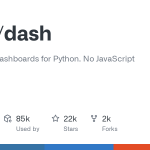
Tags
Ai's Ai tools AlphaFold API Applications Artificial intelligence Building Clouds Frameworks Generative github High-Performance Infrastructures LangChain Large Language Models lib Library Models Open-sources Prediction project Protein structure python simulation transformers
Comments
CuPy brings serious GPU power to Python—numpy on steroids! ⚡🐍💥
JAX MD is pushing molecular simulations into the future with AI precision! 🧬⚙️🤖